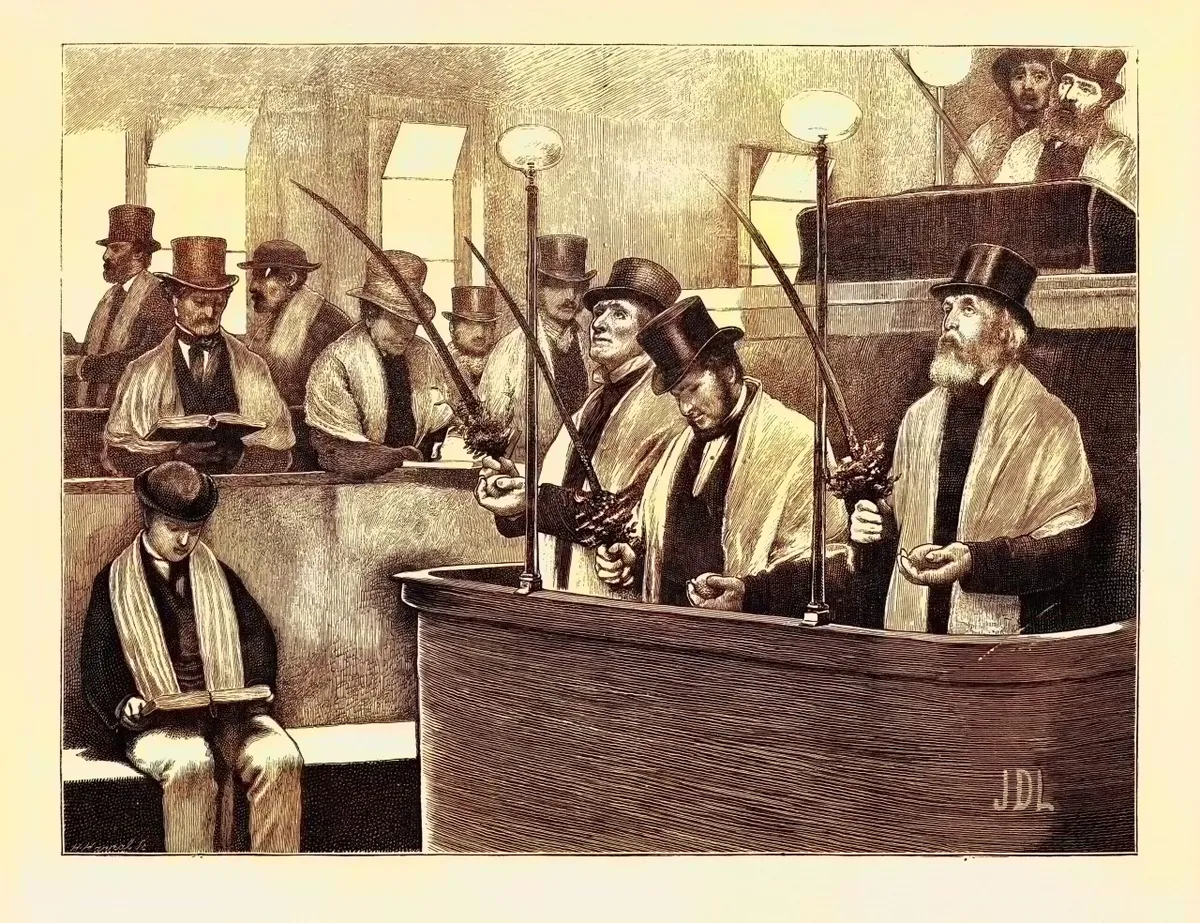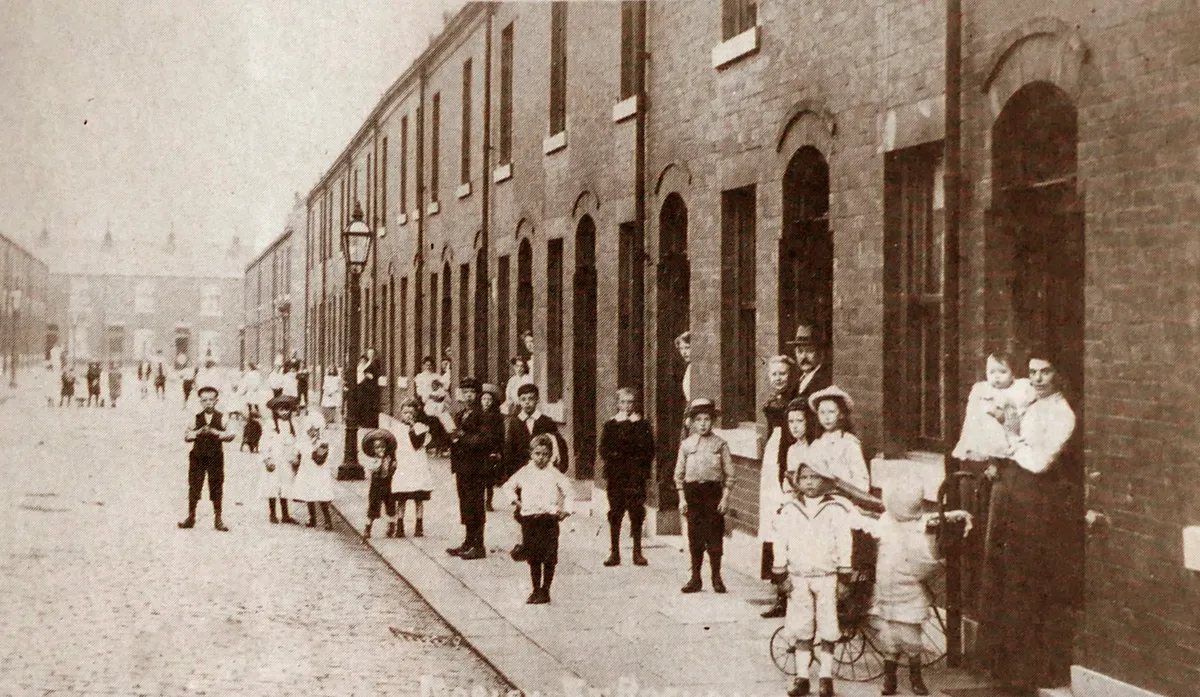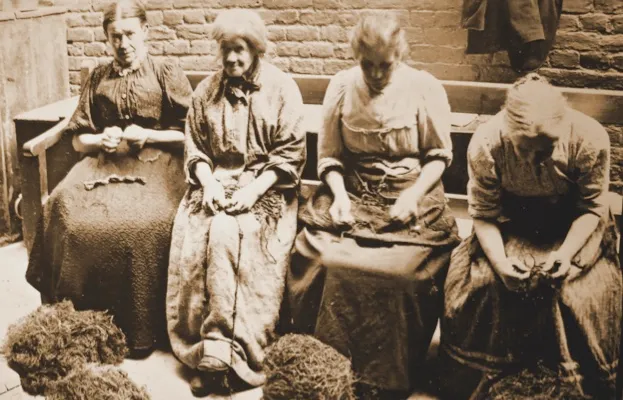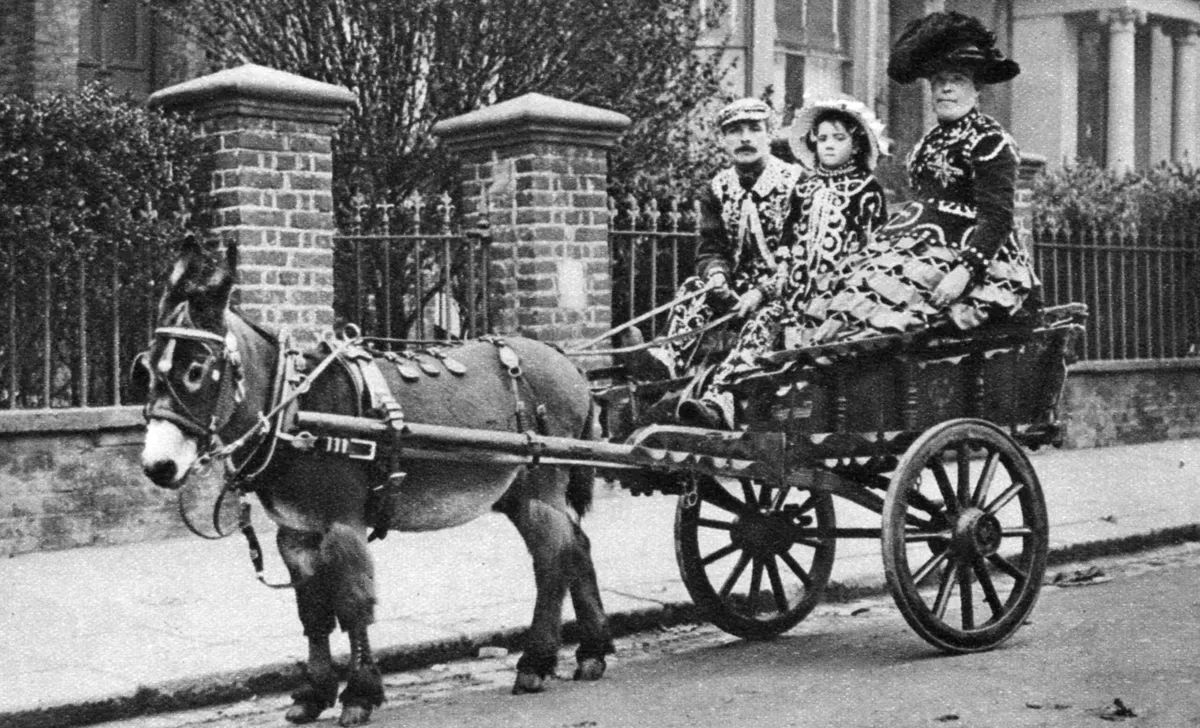Finding ancestors in UK census records is a key skill for family historians tracing their British roots.
From 1841 to 1921, the ten-yearly snapshots enable you to follow someone’s progression through life. If your searches run smoothly you will find them at home with their parents and siblings as a child, you will discover them as young adults forging a career (or making ends meet). Later you may find them married and with children of their own and so the process continues with the next generation.
The census forms the bedrock of 19th and early 20th century research for family historians so it can be particularly frustrating when you can’t find someone in a particular year.
Most people we think of as ‘missing’ from the census are just tucked away somewhere, waiting to be found. It could be a case of a mistranscription in the index, or incorrect information in the original record.
Here are the best tips for finding someone in UK census records.
Census search tip 1 – Try name variations

We are a lot more set on how we spell our names now than our forebears were in the past. During his lifetime Shakespeare’s name was spelled in 80 different ways. Similarly, migrants may have anglicised their names. Although the main genealogy websites include ‘similar’ names in search results, those differently spelled options may come a long way down on your list of results. If you know your family had alternative ways of spelling a surname, or you know that there are other common ways to spell a surname, try them all.
Census search tip 2 - Get more from a website’s ‘fuzzy’ logic
The main genealogy websites have developed algorithms to help you search census records. This approach is called ‘fuzzy logic’ and means the search engine will not reject a ‘Harry Thomson’ just because you were looking for ‘Harold Thompson’.
If you’ve had no luck with known different spellings, try adjusting the options offered by your subscription website. TheGenealogist lets you pick ‘Phonetic’, ‘Standard’ and ‘Exact’ as well as ‘Include Nicknames’ for first names. Findmypast just has a box you can tick to include ‘Name variants’ in the search. Ancestry lets you choose ‘Exact’ or add ‘Sounds like’, ‘Similar’ or ‘Soundex’. Try ticking some or all the boxes and see what the search engine throws up.
Census search tip 3 – Try using wildcards
Alternatively, select ‘Exact’ and use wildcards. Wildcards are symbols that are used to substitute missing letters. An asterisk () is usually used to replace one or more letters while a question mark (?) replaces just one. For example, I have found the ‘French’ surname often transcribed as ‘Trench’ but by searching for ?rench I have both options covered. Some surnames have a variety of options that all sound similar, so a search for Joon will cover Johnson, Johnston or Jonson (as well as Jordon).
Census search tip 4 – Less is sometimes more
You would think that knowing someone’s date and place of birth would be helpful when looking for them on the census, but if you are drawing a blank, then start experimenting with leaving information out. After all, your ancestor may not have been sure themselves about their date and place of birth or given false information. Play around with what you include and see what happens.
Census search tip 5 – Try first name plus family group
Our ancestors tended to be more conservative with first names than we are now and, even with bad handwriting, a transcriber (or even the enumerator) will feel more confident that what they are reading is a William, Thomas, Susan or Anna than some of our more unusual surnames.
If you are struggling to find someone and you’ve tried different spellings and wildcards, try going without a surname altogether but add the first names of other people who are likely to be in the household in that census year. TheGenealogist allows you to search individual censuses using the first names of family groups and is the best for this kind of searching. Findmypast only lets you search with one extra household member making it not really a suitable option and although Ancestry may give you the option to search in a family group, it does not really do this for the earlier censuses.
Census search tip 6 – Try first name plus other details
If you don’t know who else is likely to be in the household, you can narrow down a first name search using other things you know about the person such as occupation, birth date and place. So, if you have an occupation from a marriage certificate or previous/later census, try adding that to the first name, birth date and place.
Remember someone may describe themselves as a shoemaker on one census and a bootmaker on the next or a shop keeper in one and a grocer in another so, even if you know an occupation, you may have to think of alternative ways of putting it. Again, TheGenealogist is best for this kind of searching, although Findmypast also performs well. Ancestry has not included occupation in its transcriptions of earlier censuses so this tip does not work well with them.
Census search tip 7 – Search census by address

People moved house more often in the 19th century than they do now, but searching by address can still provide results. Although they may not be in the property you found them in for the previous census, it’s worth checking birth certificates and other genealogical resources for potential addresses. Rate books are increasingly going online and can be useful for finding moves between censuses. Across all providers, street address searches work best for later censuses. Find out more with our guide to searching the UK census by address.
Census search tip 8 – Use other databases for free
Because some genealogy websites use different census transcriptions, offer alternative search options or prioritise results differently, it pays to try look at other census databases. You don’t need to have a subscription to multiple genealogy websites to benefit from their census searches. Most sites let you search without having a paid subscription, and if you get a potential hit that hasn’t come up on your website, you can either visit an archive, library or LDS Family History Centre that has a subscription to the site, or sign up for a 14-day free trial (although you can’t do this more than once!).
Also don’t free census websites. FamilySearch has transcriptions, although not images, of all the UK censuses. They mostly use Findmypast’s transcriptions as part of a partnership deal, but another free site, FreeCEN.org.uk, has its own transcriptions. Although FreeCEN doesn’t have a complete collection yet it’s worth checking the database coverage on the website because many counties have been 100% transcribed for specific censuses (the site does not include 1901 or 1911).
Census search tip 9 – Consider name changes
It’s not just transcription errors that can be a problem with census searches. You need to consider whether your ancestor has actually used the name you have been searching for. The most common reason for a change in name is marriage. If a 20-year old woman appears in 1891 but you can’t find her in 1901 it may seem obvious that she has got married and taken her husband’s name. It may not seem so obvious that a widow in her 50s or even 60s may have done the same thing. Often in those situations we may find ourselves looking for a death, when in fact we should be looking for a marriage.
Illegitimate children, step-children and orphans also have a habit of adopting different names at different times. A mother may give her child the surname of her current husband to the census enumerator but as an adult they may choose to revert to their birth name.
Census search tip 10 – Are they hiding?
You may find your ancestor didn’t want to be found for whatever reason and these cases can be extremely difficult, sometimes impossible, to track down. A couple running away from debt may change their surname, but their children will have the same ages and first names. If you find a likely candidate in these circumstances, check to see if that person appears in earlier censuses or documentation. It they seem to appear out of nowhere just as your ancestor ‘disappears’ then it will strengthen (although not prove) your case.
Census search tip 11 - Were they an inmate?

Institutions, including prisons, asylums and workhouses, were obliged to enumerate their occupants, but these were often only differentiated by initials (this is more common in prisons). Clues such as occupation and place of birth should still be there though. If you find a likely candidate then you will need to look into records of the institution in question. If you think someone may have fallen foul of the law or just fallen on hard times, try searching with just initials and place of birth.
Census search tip 12 – Put yourself in their shoes
Another approach to finding someone is to think about where you might expect them to be. Consider what was happening in their life at the time. A woman who has just given birth might be with her parents or in a workhouse infirmary. A man whose wife has died may have asked family to help out with his children. If there was a downturn in a local industry, a breadwinner may have travelled to find work. A young man may be lodging with his master as an apprentice.
Census search tip 13 – Check overseas records (including Scotland and Ireland)
Although people didn’t travel abroad as often as they do now, when they did go, they would often stay for longer, leaving a record trail if you’re lucky. FamilySearch.org is a handy one-stop shop for checking a range of overseas censuses (including Scotland up to 1891). Also check census records in Scotland and Ireland.
Census search tip 14 – Try swapping names
People sometimes confused the enumerator by giving their surname first. This can be especially confusing with a name like Arthur James. Try putting the first name in the surname box and see what happens. It’s also worth remembering that people used pet names, shortened names and a variety of middle names just to confound future family historians. Play around with options.
Census search tip 15 – Be flexible with ages
You don’t have to have followed many people through the censuses to realise that they can be an imprecise tool for calculating year of birth. However, even if you select to search two years either side of your expected year of birth you may be missing your ancestor. People have always been happy to lie about their age, especially as they get older. Remember as well that someone who is recorded as 30 in 1841 could have been 34 because ages were marked down to the five year point below.
Also, just as with names, ages can fall foul of transcription errors. For example, the numbers 1 and 7 can be confused, so an ancestor who was 76 may be indexed as 16.
Census search tip 16 – ‘Ow do you say that?

Dropped aitches were very common, especially in London, but conversely people also added an aitch to words that didn’t need it in an attempt to sound ‘posh’. Try adding an H to a surname that starts with a vowel or remove an H (eg try Adley for Hadley and vice versa). Also, if your family moved to a different area, try saying the name in their dialect. A Cornish miner who has moved to Wales could easily confuse an enumerator with an unusual surname and strange pronunciation.
Census search tip 17 – Follow other family members through the censuses
We tend to concentrate our research on our direct ancestors, but it is a good habit to also try and track all their siblings through the census (and similarly the siblings of their parents). I have frequently found ancestors of all ages staying with members of their extended family on census night.
Census search tip 18 – Is the record missing?
Finally, if you’ve tried all these techniques and you still can’t find someone who you’re pretty sure should be there to be found, there is a very small chance that they may have the misfortune of being on one of the missing pages, especially in 1841 and 1861.
Findmypast has a useful list of parishes and hamlets missing from the censuses. If this list includes the parish where you were expecting to find your family, it may be time to accept that you will need to try and find the information you need from elsewhere.

